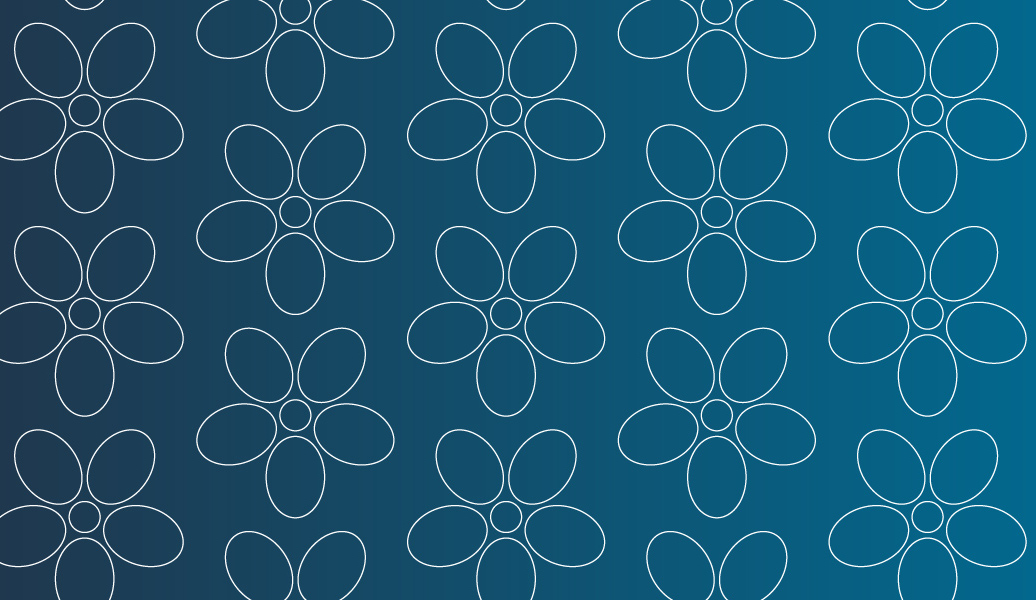Column: OIST Professor Mahesh Bandi builds simple solutions for the COVID-19 crisis
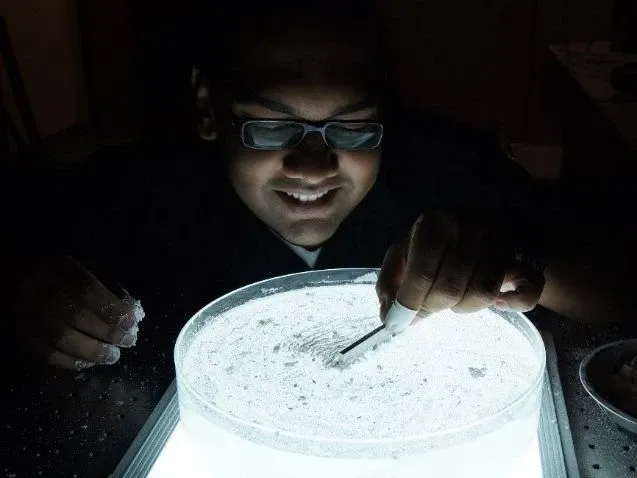
The latest OIST column in the Asahi Shimbun GLOBE+ is out now! This month, OIST science writer, Dani Ellenby, spoke to Professor Mahesh Bandi about his work creating N95 masks using a cotton candy machine and building oxygen concentrators to help treat patients with COVID-19. The article is in Japanese, but the original English version can be read below.
OIST Professor Mahesh Bandi builds simple solution for the COVID-19 crisis
At 6 A.M in late April 2021, Professor Mahesh Bandi stood in his parents’ parking lot in Hyderabad, India and carefully studied the oxygen sensor data on his laptop. He twisted knobs on a small metal contraption in a precisely-timed repeating cycle. 300 seconds passed… twist. 100 seconds more… twist.
He had worked through the night, avoiding the intense summer heat to build a contraption that could concentrate oxygen. As he twisted the knobs one way, pressurized oxygen-rich air was shunted through a series of valves and collected into a small holding tank attached to the device. With another twist, nitrogen was purged from the device back into the atmosphere. He felt the adrenaline rush of success, accompanied by the odd sensation of exhaustion mixed with relief.
The device, known as an oxygen concentrator, was his homemade solution to the growing oxygen crisis that had consumed India over the past days. As daily cases of COVID-19 surged into the hundreds of thousands, the supply of concentrated oxygen – a medical lifeline for patients in respiratory distress – dried up. Hospitals turned patients away and demand for oxygen tanks on the black market soared as people frantically searched for their own treatment.
“The situation was really desperate, like nothing I’d ever seen before,” he recalled. “Everyone knew someone who had died of COVID-19 or who was in critical need of oxygen. I felt like I needed to find a way to help.”
With a day-job as a physics professor at the Okinawa Institute of Science and Technology Graduate University working across a diverse range of fundamental science, including foot biomechanics, liquid interactions, bird song and renewable energy, as well as a Bachelors’ and Masters’ degree in Engineering, Professor Bandi had the expertise and experience to help out. He knew the principle of how to build an oxygen concentrator and had even created one decades before, in the early days of his research career when he’d needed a large, cheap supply of oxygen.
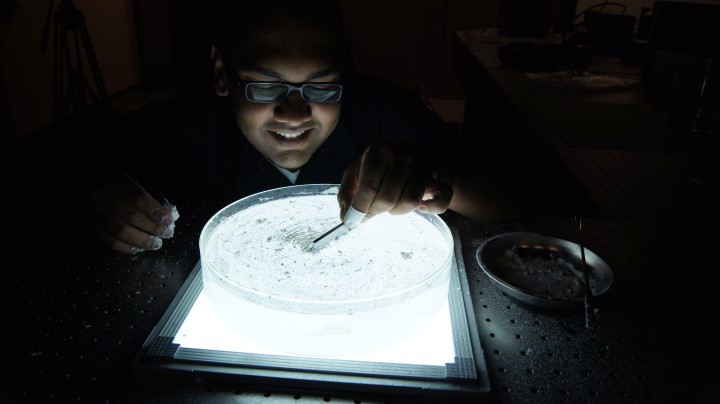
But building a working oxygen concentrator in a parking lot in India was an extreme test of determination and resourcefulness. Cut off from his lab supplies, he had to get creative with the parts, visiting plumbers, auto shops and chemical wholesale suppliers across the city. His first attempt failed catastrophically, as the device exploded from the air pressure inside. Undeterred, he tried again with sturdier materials, building a small, portable device that could generate nine liters of oxygen each minute.
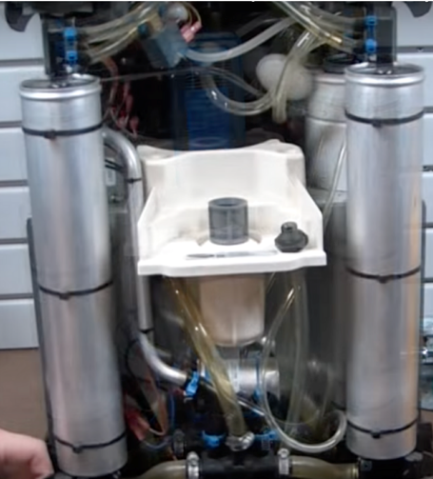
“That gave me a lot of confidence to start scaling things up,” said Professor Bandi.
In less than two days, Professor Bandi created three more larger devices, each capable of delivering 100 liters of medical-grade oxygen in a minute.
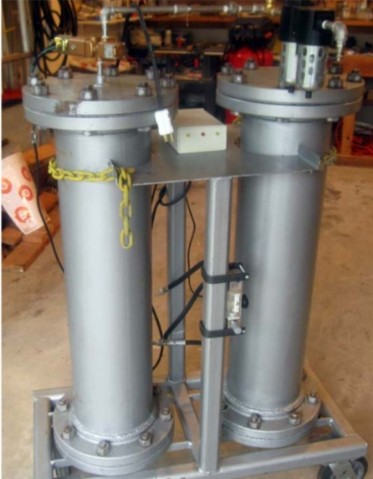
The devices, Professor Bandi explained, didn’t generate new oxygen, but simply separated out the oxygen from nitrogen – the main gas found in air. Inside each device, a chemical compound called zeolite filtered a flow of pressurized air. While the nitrogen ‘sticks’ to the zeolite molecules, the oxygen molecules easily pass through. After 300 seconds, the zeolite is completely saturated with nitrogen, so valves are used to send a flow of concentrated oxygen back through the zeolite to sweep the nitrogen back out into the atmosphere.
“The constant switching of the valves is the biggest limitation,” Professor Bandi said. “Someone has to manually turn the valves, so it’s hard to get the manpower to generate oxygen continuously. Normally, we use electronically controlled solenoid valves but I didn’t know where to find them in India. And unfortunately, I was then exposed to the coronavirus, so I had to isolate, and my cousin took over for me.”
While in quarantine, Professor Bandi published detailed instructions on how he made the oxygen concentrators, hoping that others would be inspired to make their own.
A week later, five incubator companies, three non-governmental organizations and six academic teams across India had reached out to him and started building concentrators.
It was incredible to know that people were using my instructions,” he said. “Oxygen can be the difference between life and death for those with severe COVID-19. Every life saved through these devices that might otherwise have been lost made the effort worthwhile.”
Before his journey to India, Professor Bandi had already spent a year working on solutions to alleviate COVID-19 supply shortages at the local scale.
In late February 2020, before the coronavirus reached pandemic status, he was due to give lectures at the Abdus Salam International Centre for Theoretical Physics in Trieste, Italy. But no sooner had he arrived, than Italy saw its first devasting spike in cases, cancelling his plans.
Before leaving, he donated his stock of masks to a local hospital, where personal protective equipment was starting to run short.
“I thought I’d be able to buy more masks in Okinawa, but when I got back, I couldn’t find any at all,” he recalled.
In the days that followed, the World Health Organization (WHO) warned of global mask shortages, countries banned exports of masks and the prices of specialized masks, like N95 masks, tripled, with backorders in the hundreds of millions.
It was during this period of chronic shortages, that Professor Bandi was inspired to find a way to manufacture N95-like masks on a small-scale using common materials.
“I was isolating in Okinawa and I needed to find a way to occupy myself and keep my sanity,” he said. “I started doing some reading on N95 masks – how they worked to filter particles and how they were manufactured.”
One of the reasons that N95 masks provide superior protection for the wearer is due to an electrocharged layer of fabric. This layer can trap small particles, like viruses, that could otherwise pass through gaps in uncharged fibers.
After remembering a chance remark from a former supervisor, made ten years earlier when he was working as a postdoctoral researcher at Harvard, he realized that the industrial method of creating these electrically charged fibers could be mimicked by modifying a cotton candy machine.
By luck, his neighbor had one stored in his garage. “I actually ended up destroying their machine,” Prof. Bandi admitted. “But not before I saw that the principle was sound, and the method worked. So I built another one. This was during the first lockdown in Okinawa, so the campus was shut. I did it all from home.”
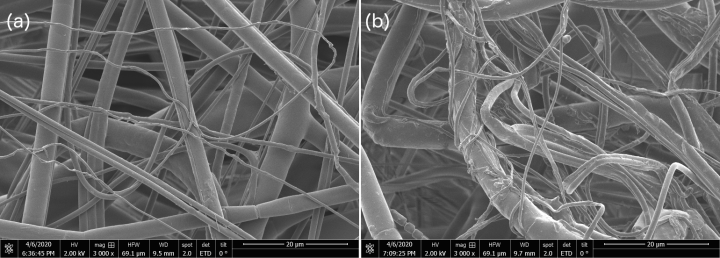
While his masks made using the cotton-candy machine looked identical in structure to commercial N95 masks, he initially experienced issues with getting enough charge into the fabric. This problem led onto his second invention – a mask charging device.
Using a standard household microwave oven and a commercial Neon sign power supply, Professor Bandi created a jet of ions, like those seen in the sun’s corona, which boosted the charge on his homemade N95 masks.
“This device also sterilizes and re-charges commercial N95 masks, so that they can stay effective for longer,” he said.
He also tested whether the mask charger could impart charge on other types of masks, like surgical masks and cloth masks, inadvertently kickstarting investigations in an entirely new branch of materials science.
“I was looking for scientific papers on fabrics and what allows them to retain charges, but to my surprise, there was absolutely no paper out there explaining it. To me, it’s a crucial area of research. Many people just use cloth masks, so if you can introduce some charge on them, that can provide a little extra protection against the coronavirus,” said Professor Bandi.
Although currently still situated in India, he hopes to return to OIST soon to continue this line of research.
As he reflected on all his inventions, Professor Bandi credited not only his educational background, but his upbringing in India.
“Growing up, I always had this tinkering streak,” said Professor Bandi. “India has limited resources for its number of people, so most Indians have a rich tradition of recycling and repurposing things. And my training in Engineering and Physics has given me a general bag of tools that helps me think creatively about how to manufacture or modify devices.”
So far, his research on manufacturing masks using a cotton candy machine and adding charge to masks has been published as two papers, both in the journal Proceedings of the Royal Society A: Mathematical, Physical and Engineering Sciences. But from the beginning of the COVID-19 crisis, instructions on how to manufacture all his devices were made publicly available on his website for anyone to access.
“Publicizing my work immediately so that people could benefit rather than waiting to go through scientific journals was my priority,” he said. “I never imagined I’d be using my skillset for the kind of situations that COVID-19 has caused. But like many scientists across the world, I wanted to do whatever I could to help.”













